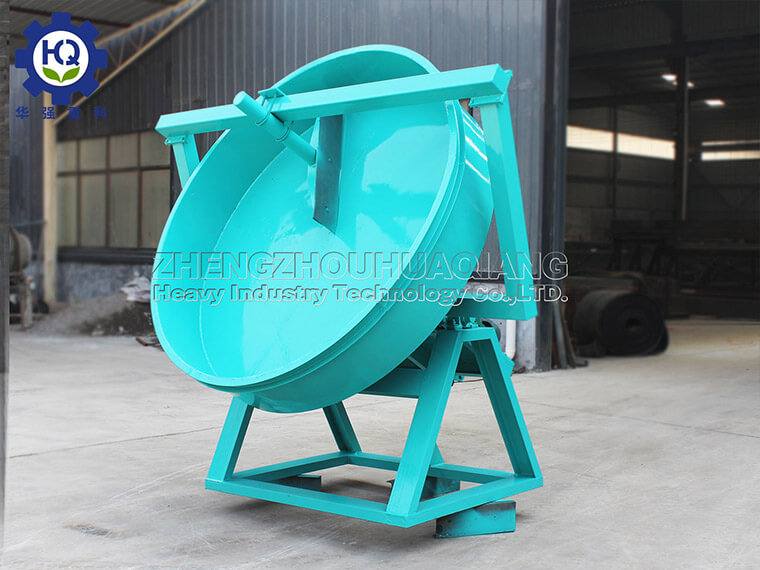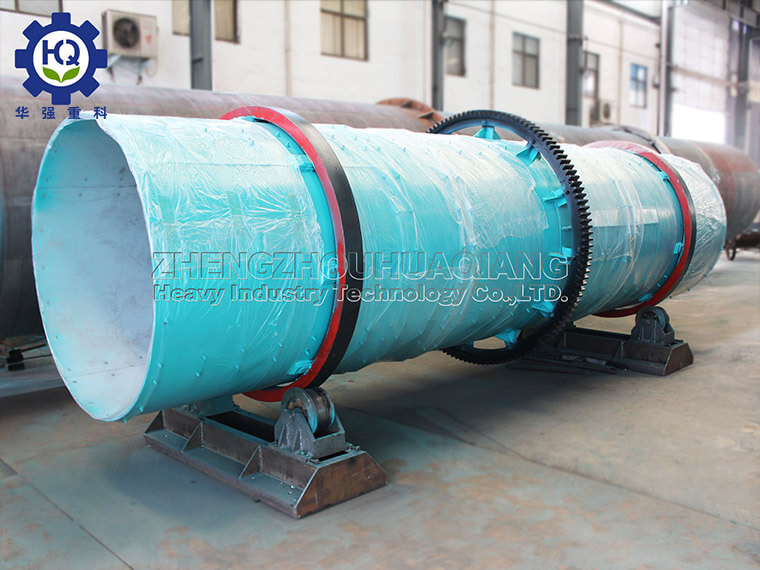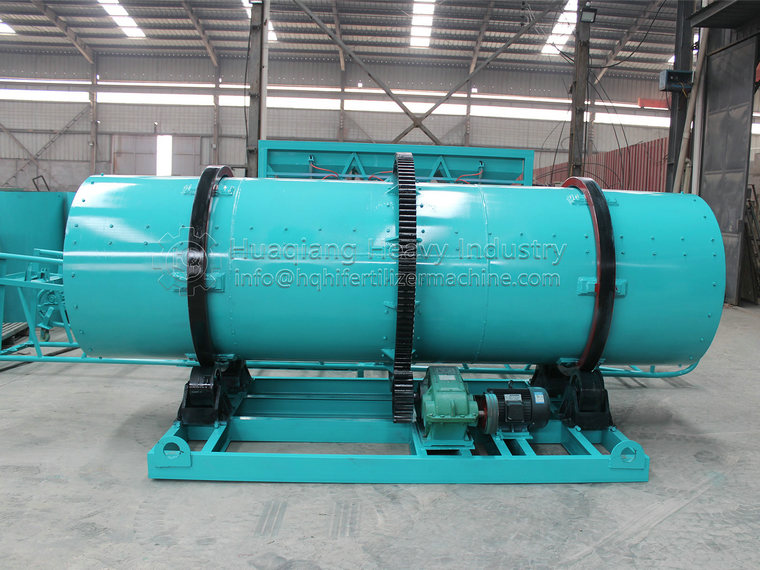How fertilizer manufacturers choose fertilizer granulators
For fertilizer manufacturers, there are various granulators to choose from. According to the different forms of granulation, it can be roughly divided into the following five types.
There are four types of granulators with lower investment costs for fertilizer processing equipment:
1. Disc granulator: suitable for cold granulation of raw materials in industries such as bio organic fertilizers, compound fertilizers, and feed. The inclination of the disc can be adjusted as needed to control the particle size. High ball forming rate, beautiful particle shape, wide range of particle diameter selection, and relatively low equipment investment cost.
2. Double roll extrusion granulator: mainly suitable for granulation of more than 20 types of raw materials such as urea, ammonium chloride, ammonium sulfate, calcium phosphate, superphosphate, potassium chloride, potassium sulfate, etc., without drying process, granulation at room temperature, one-time molding, low investment and quick effect.
3. Organic fertilizer wet stirring toothed granulator: urban household waste such as poultry manure, compost, green manure, sea manure, cake fertilizer, peat, soil and miscellaneous fertilizer, three wastes, microorganisms, etc. It can be naturally dried in the later stage, eliminating the need for drying and cooling.
4. Drum granulator: With beautiful appearance, simple operation, low energy consumption, long service life, uniform drying, and convenient maintenance, it is one of the more advanced granulator equipment in China. This product is suitable for large-scale production of cold and hot granulation, as well as high, medium, and low concentration compound fertilizers.


.jpg)



.jpg)

